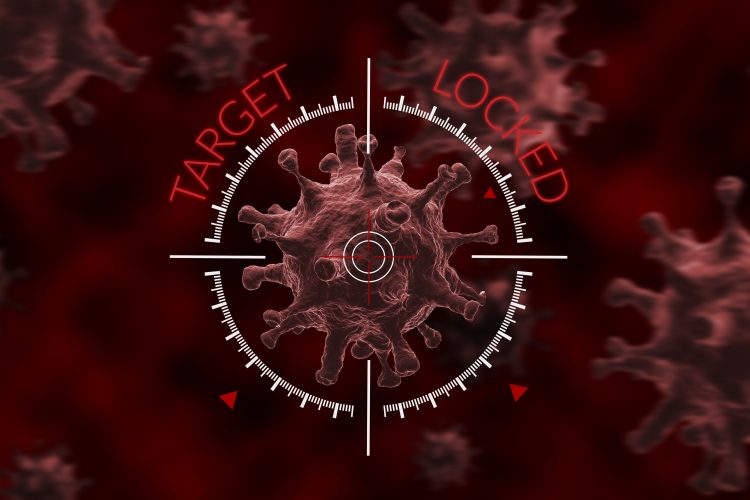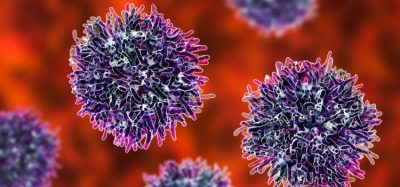Computational approach identifies novel COVID-19 vaccine targets
Posted: 9 June 2020 | Hannah Balfour (Drug Target Review) | No comments yet
Researchers used computational tools to identify regions of the SARS-CoV-2 virus that could potentially provide a safe and long-term immune response.


Cancer researchers at Children’s Hospital of Philadelphia (CHOP), US, have harnessed computational tools that are typically used to develop cancer immunotherapies to identify regions of the SARS-CoV-2 virus to target with a vaccine.
The team said that some of the targets they identified could drive a long-term immune response able to protect humans from both SARS-CoV-2 and other related coronaviruses.
Dr John M. Maris, study senior author and a pediatric oncologist in CHOP’s Cancer Center and the Giulio D’Angio Professor of Pediatric Oncology at the Perelman School of Medicine at the University of Pennsylvania, said: “In many ways, cancer behaves like a virus, so our team decided to use the tools we developed to identify unique aspects of childhood cancers that can be targeted with immunotherapies and apply those same tools to identify the right protein sequences to target in SARS-CoV-2.
“By adapting the computational tools developed and now refined by lead author Dr Mark Yarmarkovich in the Maris Lab, we can now prioritise viral targets based on their ability to stimulate a lasting immune response, predicted to be in the vast majority of the human population. We think our approach provides a roadmap for a vaccine that would be both safe and effective and could be produced at scale.”
The team said that an optimally designed vaccine would maximise a long-lasting immune response, while minimising adverse reactions, autoimmunity or disease exacerbation. In order to accomplish this, the team set parameters that would identify regions of the virus able to stimulate a memory T-cell response that, when paired with the right B cells, would drive memory B cell formation and provide lasting immunity and do so across the majority of human genomes.
They also targeted regions of SARS-CoV-2 that are present across multiple related coronaviruses, as well as new mutations that increase infectivity. To increase safety, they ensured these regions were as dissimilar as possible from sequences naturally occurring in humans.
Their paper proposes a list of 65 peptide sequences as potential targets that could provide population-scale immunity. The team has begun testing these in mouse models to assess their safety and effectiveness.
“With the third epidemic in the past two decades underway, all originating from the coronavirus family, these viruses will continue to threaten the human population and necessitate the need for prophylactic measures against future outbreaks,” said Dr Yarmarkovich.
He concluded: “A subset of the sequences selected in our study are derived from viral regions that are very similar to other coronaviruses, and thus our approach, if successful, could lead to protection against not only SARS-CoV-2 but also other coronaviruses that might emerge in the future.”
The paper was published in Cell Reports Medicine.
Related topics
Drug Targets, Immunology, Immunotherapy, Protein, Proteomics, Screening, Sequencing, Vaccine
Related conditions
Coronavirus, Covid-19
Related organisations
Children's Hospital of Philadelphia (CHOP)
Related people
Dr John M. Maris, Dr Mark Yarmarkovich








